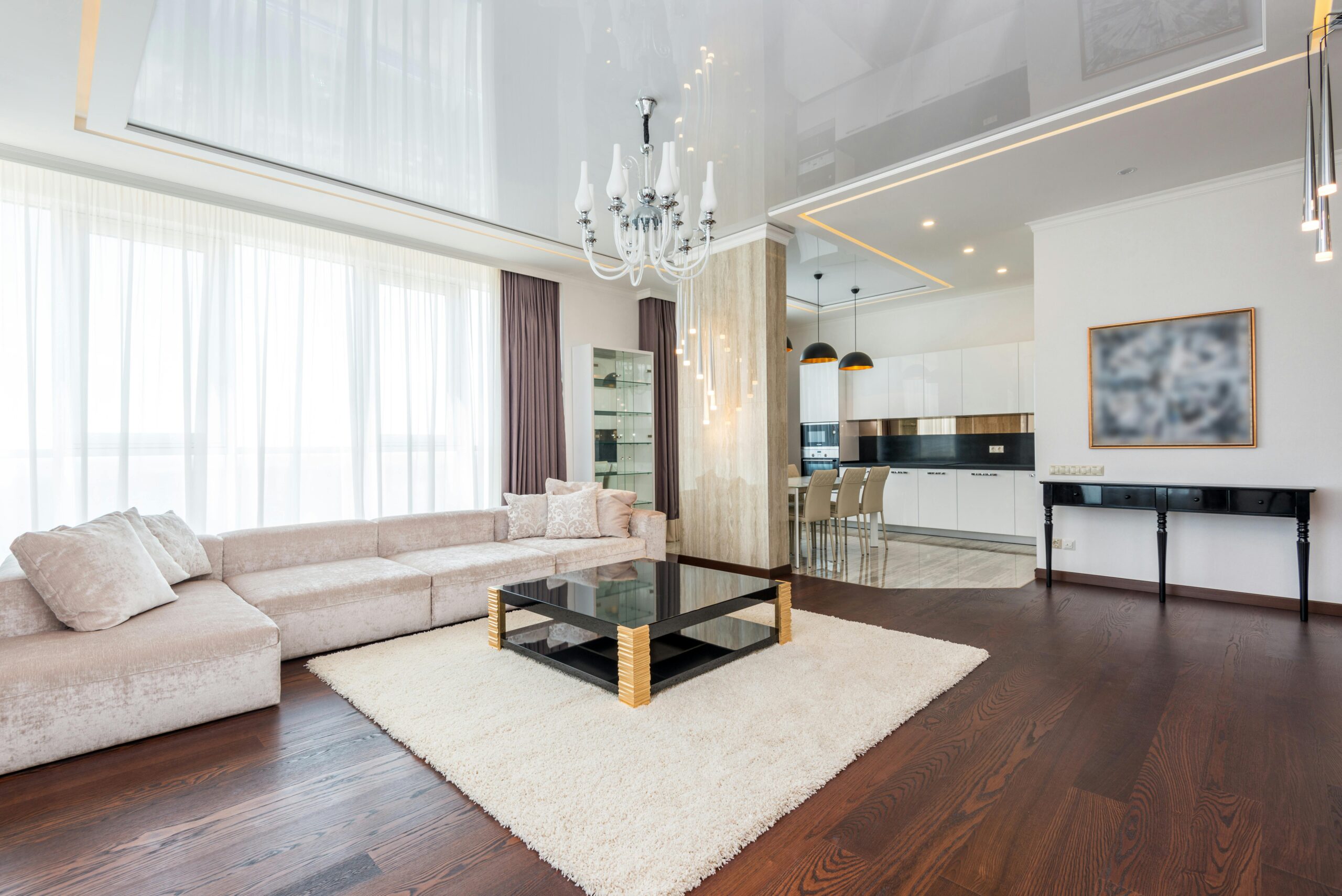Your cart is currently empty!

The Evolution of Sofa Design: From Classic to Contemporary

wwwsfz.com
Sofas have always been a centerpiece of home decor, evolving over centuries to match the changing tastes and needs of people around the world. From the ornate designs of the 18th century to the sleek, minimalist pieces of modern times, the journey of sofa design reflects a blend of art, comfort, and practicality. Let’s explore how sofas have evolved from classic styles to contemporary designs.
1. The Classic Era: Beauty in Craftsmanship
In the 17th and 18th centuries, sofas were considered a symbol of status and luxury. The aristocrats and royals would showcase elaborate furniture pieces adorned with intricate carvings, rich fabrics, and elaborate designs. These classic sofas were often made from sturdy wood, such as mahogany or walnut, and featured heavy upholstery.
- Popular Designs: Chesterfield and Cabriole sofas were iconic during this period. Chesterfields, with their deep button-tufted upholstery and rolled arms, represented timeless luxury. Cabriole sofas, with exposed wooden legs and curved backrests, displayed the influence of Rococo and Baroque art.
- Materials: Leather, velvet, and silk were common upholstery choices, adding to the elegance and opulence of classic designs.
2. The Victorian Influence: A Blend of Tradition and Comfort
In the 19th century, during the Victorian era, sofas began to incorporate more comfort into their design without compromising on aesthetics. This period saw an emphasis on soft cushions and plush upholstery, offering a balance between appearance and functionality.
- Popular Designs: The Knole sofa, with adjustable side arms and deep seating, was a hallmark of this era. It provided a grand appearance while offering improved comfort.
- Materials: Velvets and floral prints became more popular as people sought to blend beauty with coziness in their homes.
3. The Mid-Century Modern Movement: Simplicity Meets Function
The 20th century brought about a revolution in sofa design. Post-World War II, the Mid-Century Modern movement emphasized simplicity, function, and sleek lines. Sofas became more minimalist, focusing on clean lines and practicality.
- Popular Designs: The iconic “tuxedo sofa” emerged with straight lines, square arms, and a low profile. Sectional sofas also became popular, especially for family-oriented homes.
- Materials: Sofas during this era were made with a mix of wood and metal frames, while upholstery options expanded to include synthetic fabrics like nylon and polyester. Leather and fabric mixes became a popular choice for many homeowners.
4. The Rise of Contemporary Designs: Adaptability and Comfort
In the 21st century, sofa design has continued to evolve, reflecting the fast-paced, urban lifestyles of modern consumers. Contemporary designs emphasize versatility, functionality, and minimalism, while prioritizing comfort.
- Popular Designs: Modular and sectional sofas are the leading choices for modern homes. With the rise of smaller living spaces, these sofas can be rearranged to suit different layouts and accommodate more seating when needed.
- Materials: Eco-friendly materials have become increasingly important in modern sofa design. Recycled fabrics, sustainable wood, and eco-conscious foam are now part of the contemporary furniture trend. Feather foam has become a popular choice for cushioning, providing both softness and durability.
5. Key Trends in Contemporary Sofa Design
Today, sofas are designed to meet a range of styles and preferences, with various features to suit different lifestyles:
- Minimalism: Clean lines, neutral colors, and a focus on simplicity are dominant in contemporary designs. The idea is to create a space that is visually light and uncluttered.
- Bold Colors and Patterns: While minimalism reigns, bold accent sofas in bright colors and patterns are becoming popular for those looking to add personality to their living spaces.
- Customizable Sofas: With modular designs, customers can now personalize their sofas, choosing different sections, fabrics, and colors to fit their unique needs. Companies like SFZ offer customizable options to meet consumer demand for adaptable furniture.
- Multi-Functional Designs: Sofas today often serve multiple purposes, such as transforming into beds or featuring storage compartments. This adaptability suits the growing trend of smaller living spaces.
Conclusion: Where Classic Meets Contemporary
The evolution of sofa design from classic to contemporary shows how this essential piece of furniture has adapted to changing tastes, technologies, and lifestyles. While classic designs focused on elaborate craftsmanship, contemporary sofas emphasize functionality, minimalism, and comfort. Whether you prefer the rich elegance of a Chesterfield or the sleek lines of a modern sectional, the sofa remains a timeless element in home decor.
As sofa designs continue to evolve, companies like SFZ are at the forefront, offering both classic and contemporary styles that cater to every preference. Whether you’re looking for a traditional touch or a modern masterpiece, your perfect sofa awaits.
by
Tags:
Leave a Reply